Home>Gardening & Outdoor>Landscaping Ideas>How Good Is Artificial Grass
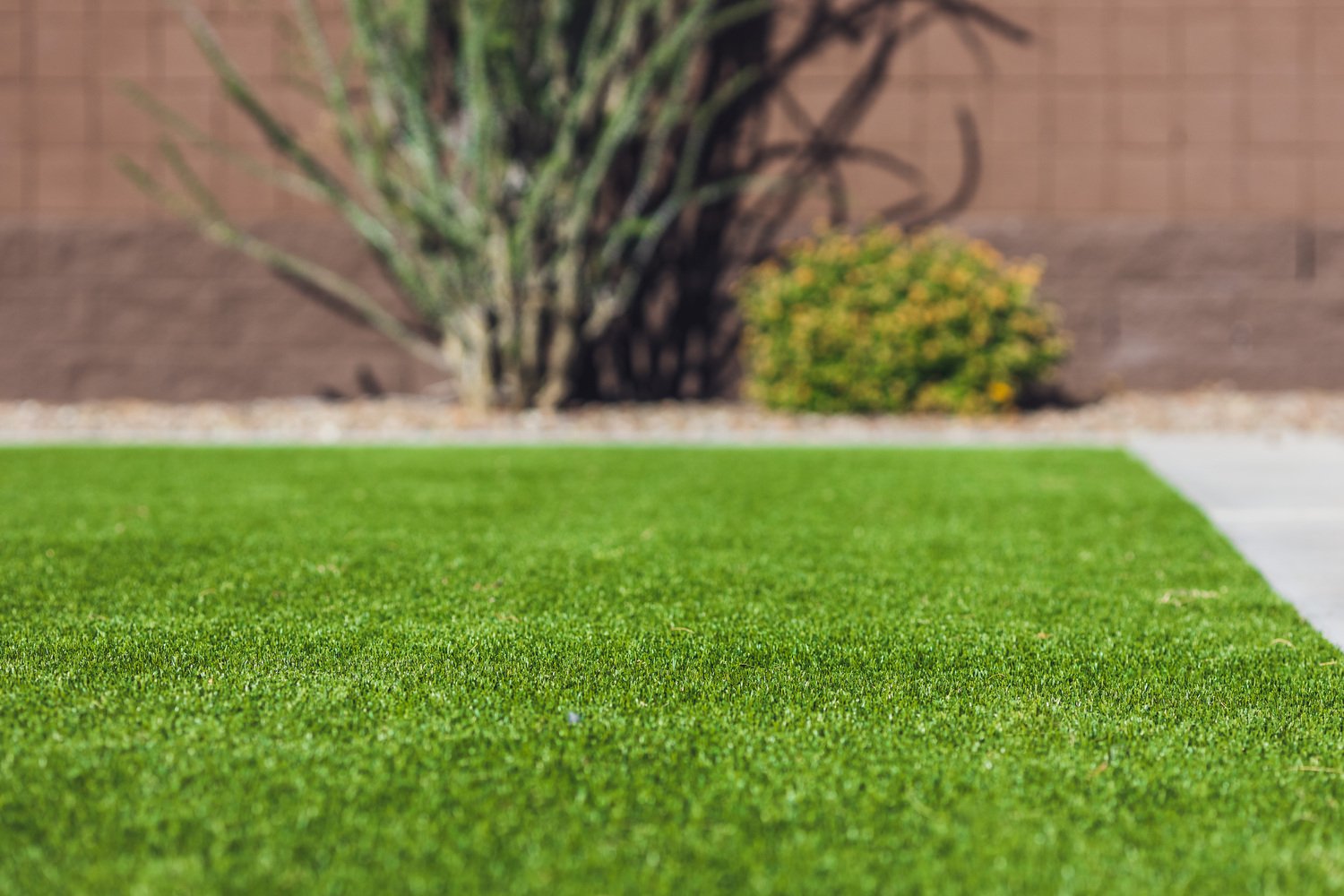

Landscaping Ideas
How Good Is Artificial Grass
Modified: October 27, 2024
Discover the benefits of artificial grass for landscaping ideas. Learn how artificial turf can enhance your outdoor space and reduce maintenance.
(Many of the links in this article redirect to a specific reviewed product. Your purchase of these products through affiliate links helps to generate commission for Storables.com, at no extra cost. Learn more)
Introduction
Artificial grass, also known as synthetic turf or fake grass, has become increasingly popular in landscaping and outdoor design. This alternative to natural grass offers a myriad of benefits, ranging from environmental sustainability to low maintenance requirements. As more homeowners, businesses, and municipalities seek innovative solutions for their outdoor spaces, the demand for artificial grass continues to rise.
Artificial grass is designed to replicate the look and feel of natural grass while offering unparalleled durability and versatility. Whether it's used for residential lawns, commercial landscapes, sports fields, or playgrounds, artificial grass provides a lush, green surface that remains vibrant year-round. This synthetic alternative has evolved significantly over the years, with advancements in technology and materials resulting in remarkably realistic textures and colors.
In this article, we will delve into the various aspects of artificial grass, exploring its environmental impact, maintenance requirements, cost comparison with natural grass, as well as its aesthetic appeal and realism. By examining these key factors, we can gain a comprehensive understanding of the advantages and considerations associated with artificial grass. Whether you are a homeowner looking to transform your yard or a facility manager seeking a durable surfacing solution, this exploration will provide valuable insights into the world of artificial grass.
As we navigate through the intricacies of artificial grass, it's important to consider the broader implications of its usage. From reducing water consumption and eliminating the need for harmful pesticides to offering a sustainable landscaping option in arid regions, artificial grass presents a compelling case for eco-conscious individuals and organizations. Additionally, the longevity and resilience of synthetic turf contribute to a significant reduction in maintenance costs and labor, making it an attractive choice for those seeking a low-maintenance yet visually appealing landscape solution.
In the subsequent sections, we will delve deeper into the environmental impact, maintenance and durability, cost comparison, as well as the aesthetic and realistic qualities of artificial grass. By examining these facets, we can gain a holistic understanding of the value and versatility that artificial grass brings to diverse outdoor environments.
Key Takeaways:
- Artificial grass offers eco-friendly landscaping with minimal maintenance, cost savings, and vibrant aesthetics, making it a compelling choice for sustainable and visually appealing outdoor spaces.
- With artificial grass, you can save water, eliminate harmful chemicals, and enjoy a durable, realistic, and low-maintenance alternative to natural grass, creating vibrant and inviting outdoor environments.
Read more: How To Make A Patio Smell Good
Environmental Impact
Artificial grass presents a range of environmental benefits that make it a compelling choice for sustainable landscaping. One of the most significant advantages lies in its ability to conserve water. Unlike natural grass, which demands regular watering to maintain its lush appearance, artificial grass requires minimal to no irrigation. This reduction in water usage is particularly crucial in regions facing water scarcity or drought conditions, where the preservation of this precious resource is paramount.
Furthermore, the absence of pesticides and fertilizers in the maintenance of artificial grass contributes to a healthier ecosystem. Traditional lawn care often involves the use of chemical-based products to combat pests and enhance growth, posing potential risks to the environment and human health. By opting for artificial grass, individuals and organizations can eliminate the need for these harmful substances, promoting a more eco-friendly approach to landscaping.
In addition to water conservation and reduced chemical usage, artificial grass offers a sustainable solution for areas with challenging growing conditions. In arid climates or urban environments where natural grass struggles to thrive, synthetic turf provides a resilient and visually appealing alternative. This adaptability contributes to the preservation of green spaces in urban settings, enhancing the overall aesthetic while minimizing the environmental impact of traditional landscaping practices.
Moreover, the longevity of artificial grass further underscores its positive environmental footprint. With proper installation and maintenance, synthetic turf can endure for many years, reducing the frequency of replacements and minimizing waste. This durability aligns with the principles of sustainability, as it lessens the consumption of resources required for the continual replanting and regrowth associated with natural grass maintenance.
By considering these environmental factors, it becomes evident that artificial grass offers a compelling solution for eco-conscious individuals and communities. From water conservation and reduced chemical usage to its adaptability in challenging environments and long-term durability, synthetic turf stands as a sustainable landscaping option with far-reaching environmental benefits. As the demand for environmentally responsible practices continues to grow, the role of artificial grass in promoting sustainable outdoor spaces becomes increasingly significant.
Maintenance and Durability
Maintenance and durability are pivotal considerations when evaluating the suitability of landscaping materials, and artificial grass excels in both aspects. One of the most compelling advantages of synthetic turf is its minimal maintenance requirements compared to natural grass. Traditional lawns demand regular mowing, watering, and fertilizing to uphold their appearance, whereas artificial grass necessitates only occasional cleaning and upkeep to preserve its pristine condition.
The durability of artificial grass is a testament to its resilience in diverse environmental conditions. Engineered to withstand heavy foot traffic, inclement weather, and prolonged sun exposure, synthetic turf maintains its lush green appearance year-round without succumbing to the wear and tear that often plagues natural grass. This durability is particularly advantageous for high-traffic areas such as sports fields, playgrounds, and commercial landscapes, where the consistent performance of the surfacing material is paramount.
Furthermore, the longevity of artificial grass contributes to its cost-effectiveness over time. With proper installation and routine maintenance, synthetic turf can endure for many years, offering a consistent and visually appealing surface without the need for frequent replacements. This longevity not only reduces the overall expenditure associated with lawn care but also minimizes the environmental impact by curbing the consumption of resources required for regular reseeding and regrowth.
In terms of maintenance, artificial grass requires periodic cleaning to remove debris, leaves, and organic matter that may accumulate over time. This can be easily accomplished with a gentle rinse using a hose or a leaf blower, ensuring that the surface remains free from debris and retains its vibrant appearance. Additionally, infill materials, such as silica sand or rubber granules, may need replenishment over time to maintain the optimal resilience and texture of the synthetic turf.
The low maintenance and exceptional durability of artificial grass make it an attractive choice for homeowners, businesses, and municipalities seeking a reliable and long-lasting landscaping solution. By minimizing the time and resources typically associated with natural grass upkeep, synthetic turf offers a practical and sustainable alternative that aligns with the evolving needs of modern outdoor environments. Whether it's the consistent performance in high-traffic areas or the cost-effective maintenance over its lifespan, artificial grass stands as a testament to the enduring value of innovative landscaping materials.
When considering artificial grass, look for high-quality materials that are UV-resistant and have good drainage. Proper installation is also key for a long-lasting and natural-looking lawn.
Cost Comparison
When considering landscaping options, the financial aspect plays a pivotal role in decision-making. In the realm of artificial grass versus natural grass, a comprehensive cost comparison reveals compelling insights into the long-term value and economic benefits of synthetic turf. While the initial investment for artificial grass installation may appear higher than that of natural grass, a closer examination of the ongoing expenses and maintenance requirements unveils a different narrative.
Natural grass entails a multitude of recurring costs, including water consumption for irrigation, expenditures on fertilizers and pesticides, as well as the expenses associated with lawn mowing and upkeep. These cumulative expenses, coupled with the potential need for reseeding and sod replacement, contribute to the substantial long-term financial commitment required for maintaining a natural grass lawn. Moreover, the labor-intensive nature of natural grass maintenance translates into additional costs, whether it involves personal time or professional landscaping services.
In contrast, artificial grass presents a cost-effective alternative with minimal ongoing expenses. Once installed, synthetic turf eliminates the need for regular watering, fertilizers, and pesticides, resulting in significant savings on water bills and lawn care products. The low-maintenance nature of artificial grass further reduces long-term costs, as it obviates the need for mowing, edging, and other labor-intensive tasks associated with natural grass upkeep.
Furthermore, the durability and longevity of artificial grass contribute to its cost-effectiveness over time. With proper installation and routine maintenance, synthetic turf can endure for many years without significant degradation, minimizing the frequency of replacements and the associated expenses. This longevity, coupled with the reduction in ongoing maintenance costs, positions artificial grass as a financially prudent choice for homeowners, businesses, and municipalities seeking sustainable and budget-conscious landscaping solutions.
In essence, while the upfront investment for artificial grass installation may surpass that of natural grass, the comprehensive cost comparison reveals the substantial long-term savings and economic advantages associated with synthetic turf. By mitigating ongoing expenses, minimizing maintenance requirements, and offering enduring performance, artificial grass emerges as a financially astute and sustainable option for transforming outdoor spaces into vibrant, low-maintenance landscapes.
Aesthetics and Realism
The aesthetics and realism of artificial grass play a pivotal role in its widespread adoption as a landscaping solution. Modern advancements in synthetic turf technology have led to the development of remarkably realistic textures, colors, and overall appearances, blurring the line between natural and artificial landscapes. The visual appeal of artificial grass stems from its ability to emulate the lush, verdant characteristics of natural grass while offering unparalleled durability and consistency.
One of the defining features of high-quality artificial grass is its lifelike texture, which closely resembles the softness and resilience of natural grass blades. This tactile authenticity contributes to the overall realism of synthetic turf, creating an inviting and natural-looking surface that seamlessly integrates into diverse outdoor environments. Whether it's a residential lawn, a commercial courtyard, or a recreational area, the aesthetic allure of artificial grass enhances the visual appeal of the surroundings, elevating the overall ambiance and creating an inviting outdoor space.
Furthermore, the color vibrancy and natural variations present in artificial grass further accentuate its realism. From rich green hues to subtle tonal differentiations, synthetic turf exhibits a visual depth that mirrors the organic nuances found in natural grass. This attention to detail ensures that artificial grass not only looks vibrant and lifelike upon installation but also maintains its visual appeal over time, resisting fading and discoloration even in challenging environmental conditions.
The versatility of artificial grass in replicating the aesthetic qualities of natural landscapes extends to its adaptability in diverse settings. Whether it's creating a picturesque backyard retreat, designing an inviting play area, or establishing a verdant surface for sports and recreational activities, synthetic turf offers a customizable and visually captivating solution. This adaptability, coupled with its enduring realism, positions artificial grass as a versatile and aesthetically pleasing option for transforming outdoor spaces into vibrant, low-maintenance landscapes.
In essence, the aesthetics and realism of artificial grass are pivotal in shaping its appeal as a landscaping material. By seamlessly blending lifelike textures, vibrant colors, and versatile applications, synthetic turf transcends the boundaries of traditional landscaping, offering a visually captivating and enduring alternative to natural grass. Whether it's the inviting softness of the surface or the vibrant green hues that mirror the beauty of natural landscapes, artificial grass stands as a testament to the transformative power of innovative landscaping materials.
Read more: How To Make A Good Drainage Pot For A Plant
Conclusion
In conclusion, the exploration of artificial grass reveals a multifaceted landscaping solution that encompasses environmental sustainability, low maintenance requirements, cost-effectiveness, and exceptional aesthetic appeal. The environmental impact of artificial grass is underscored by its ability to conserve water, eliminate the need for harmful pesticides and fertilizers, and thrive in challenging growing conditions, making it a compelling choice for eco-conscious individuals and communities. The reduced environmental footprint, coupled with the longevity and resilience of synthetic turf, positions it as a sustainable and visually appealing alternative to natural grass.
Moreover, the minimal maintenance and exceptional durability of artificial grass present a practical and long-lasting landscaping solution for homeowners, businesses, and municipalities. By minimizing the time and resources typically associated with natural grass upkeep, synthetic turf offers a reliable and cost-effective option that aligns with the evolving needs of modern outdoor environments. The enduring performance of artificial grass in high-traffic areas, coupled with its cost-effective maintenance over its lifespan, further solidifies its value as an innovative landscaping material.
When considering the financial aspect, the comprehensive cost comparison between artificial grass and natural grass reveals the substantial long-term savings and economic advantages associated with synthetic turf. By mitigating ongoing expenses, minimizing maintenance requirements, and offering enduring performance, artificial grass emerges as a financially astute and sustainable option for transforming outdoor spaces into vibrant, low-maintenance landscapes.
The aesthetics and realism of artificial grass further enhance its appeal as a landscaping material, with lifelike textures, vibrant colors, and versatile applications that seamlessly integrate into diverse outdoor environments. The visual allure of synthetic turf, coupled with its adaptability and enduring realism, positions it as a versatile and aesthetically pleasing option for creating inviting and vibrant outdoor spaces.
In essence, artificial grass stands as a testament to the transformative power of innovative landscaping materials, offering a compelling blend of environmental sustainability, low maintenance, cost-effectiveness, and exceptional aesthetic appeal. As the demand for sustainable and visually captivating outdoor solutions continues to grow, the role of artificial grass in shaping modern landscapes becomes increasingly significant, paving the way for vibrant, resilient, and eco-friendly outdoor environments.
Frequently Asked Questions about How Good Is Artificial Grass
Was this page helpful?
At Storables.com, we guarantee accurate and reliable information. Our content, validated by Expert Board Contributors, is crafted following stringent Editorial Policies. We're committed to providing you with well-researched, expert-backed insights for all your informational needs.
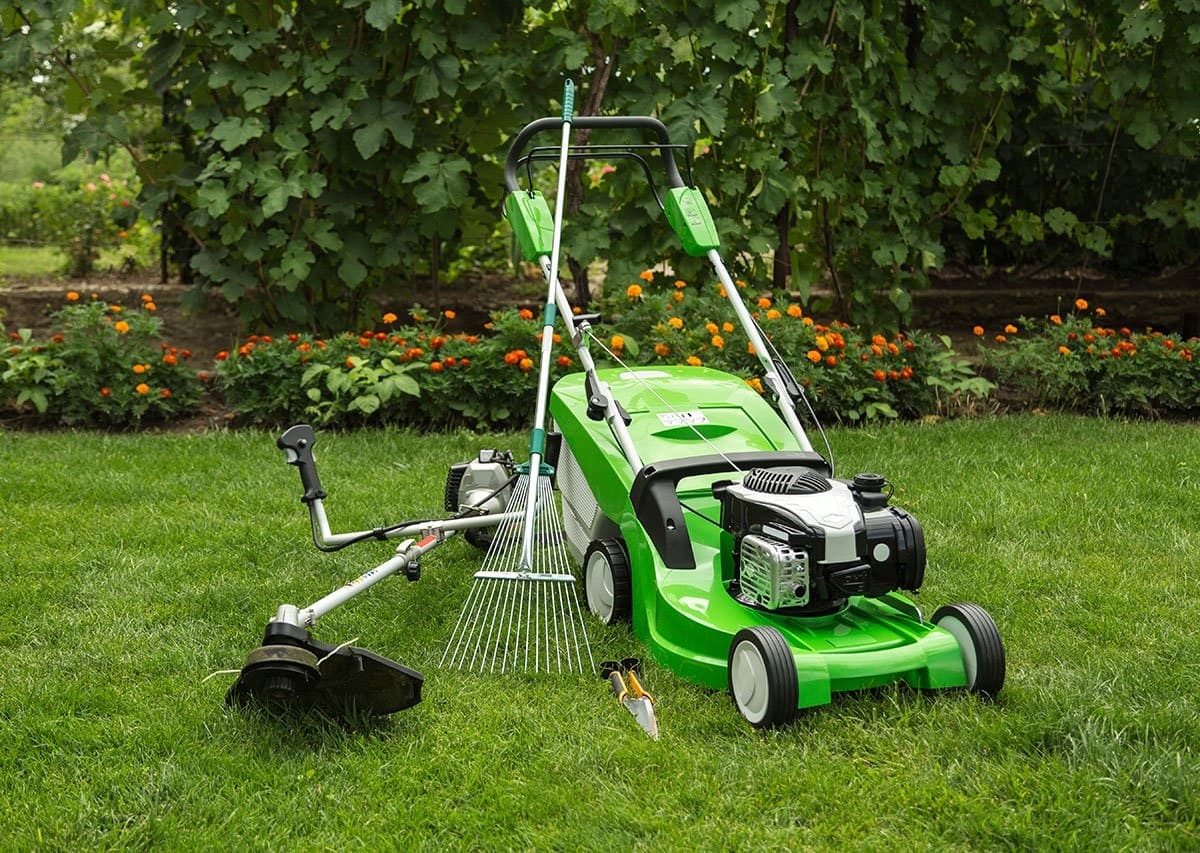
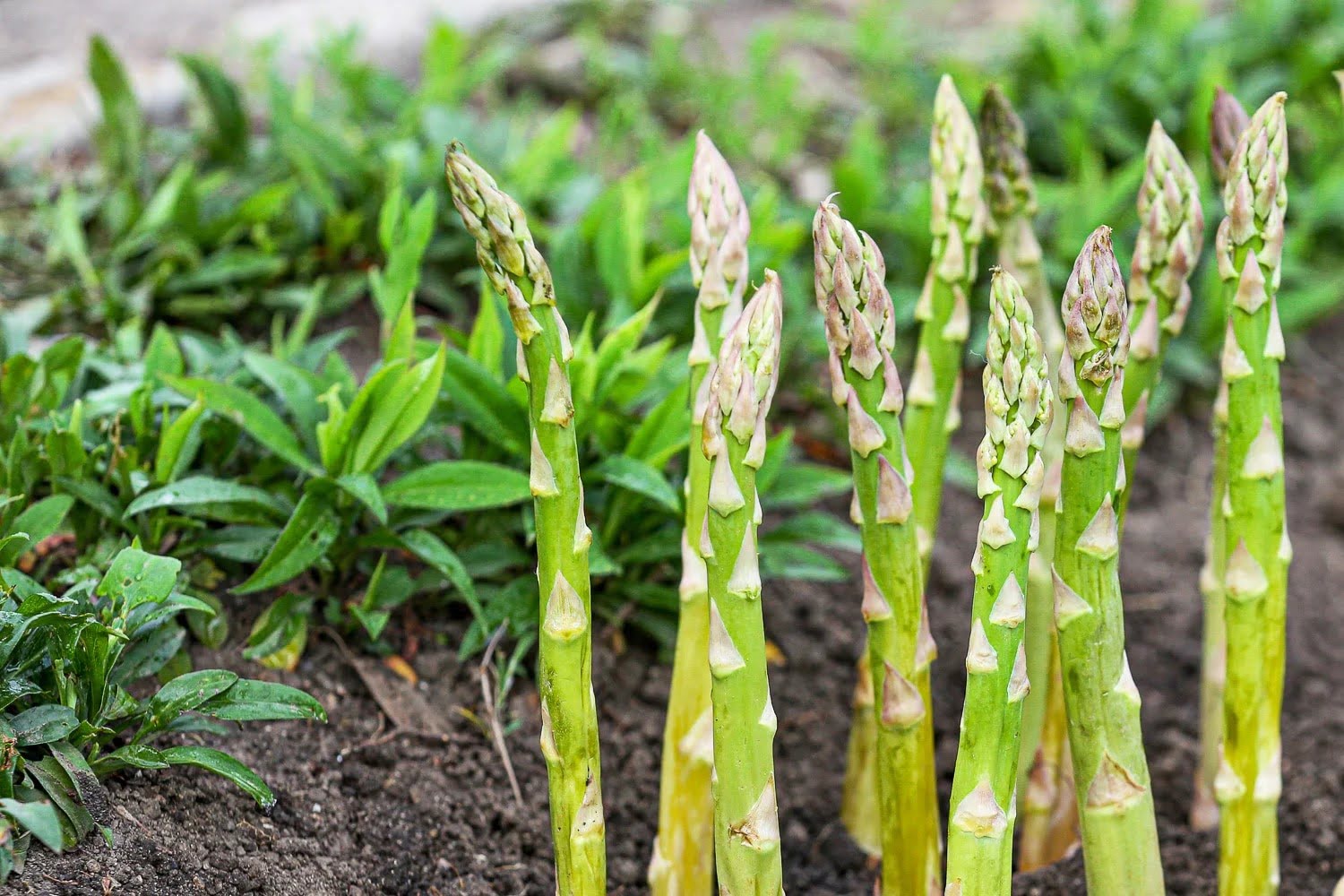
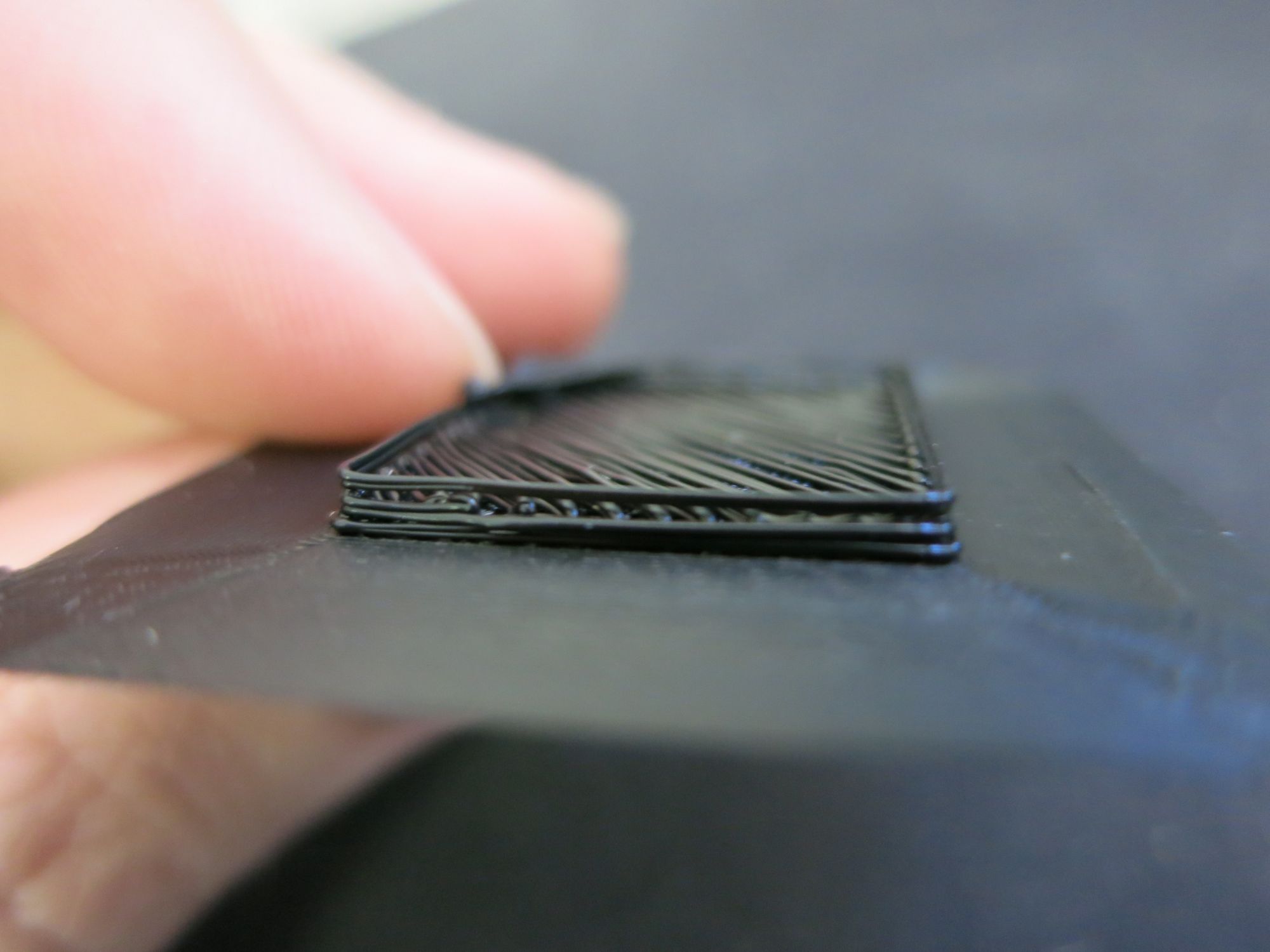


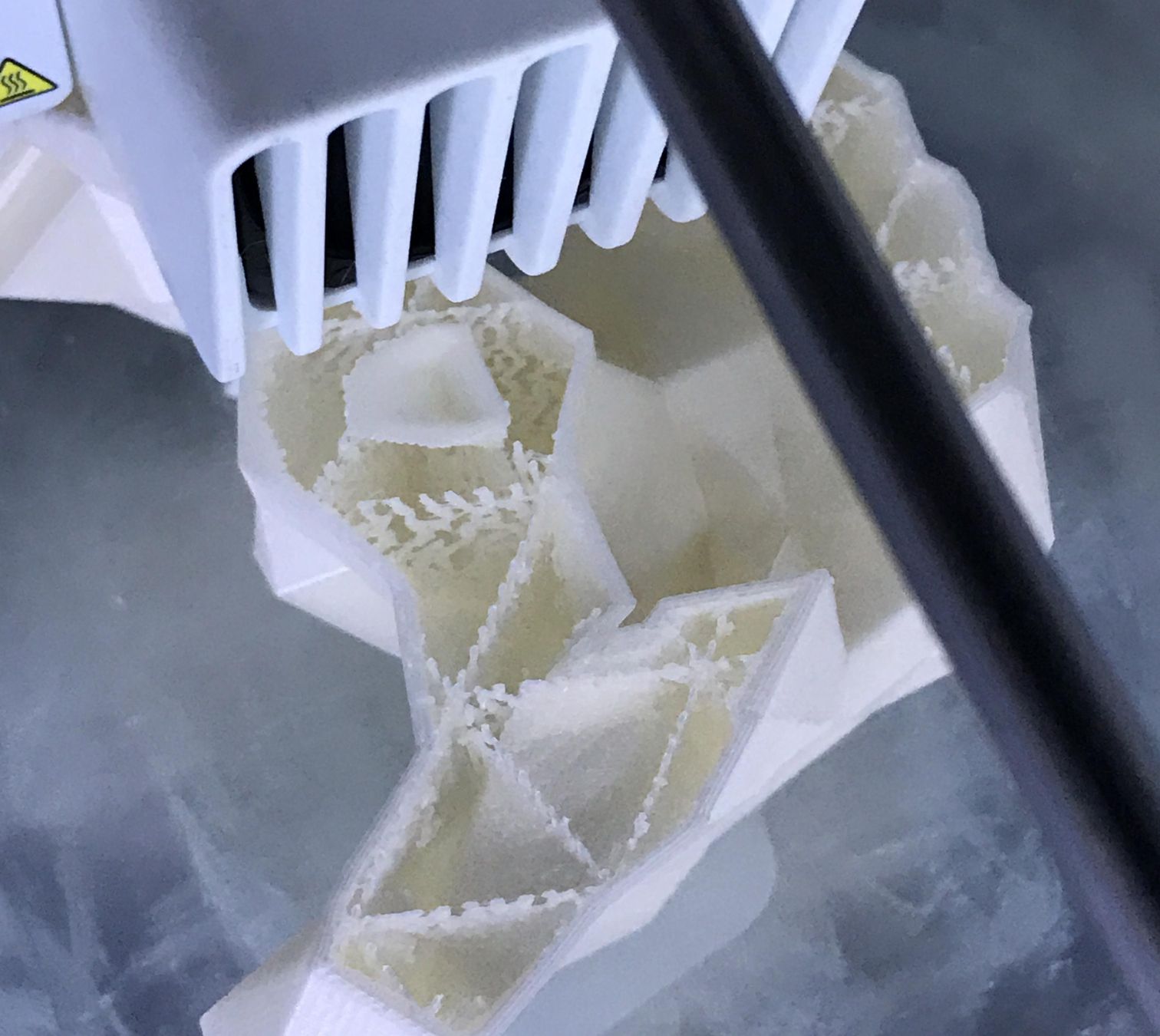

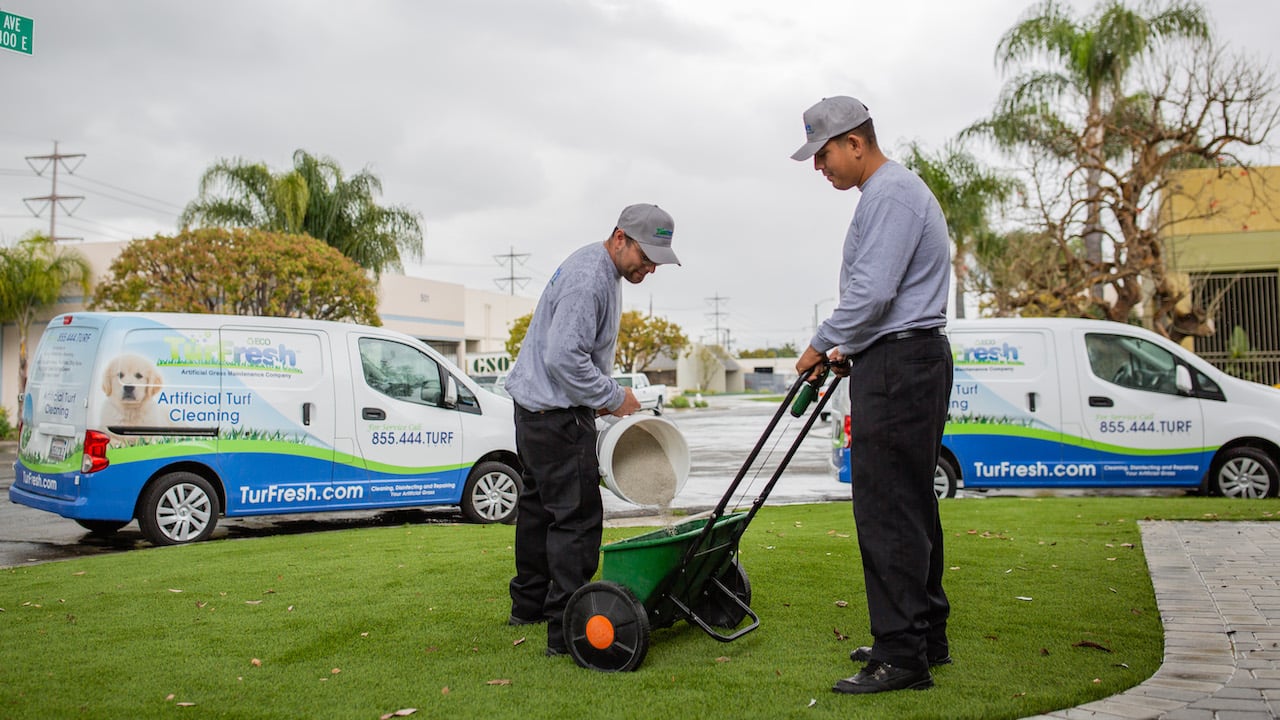
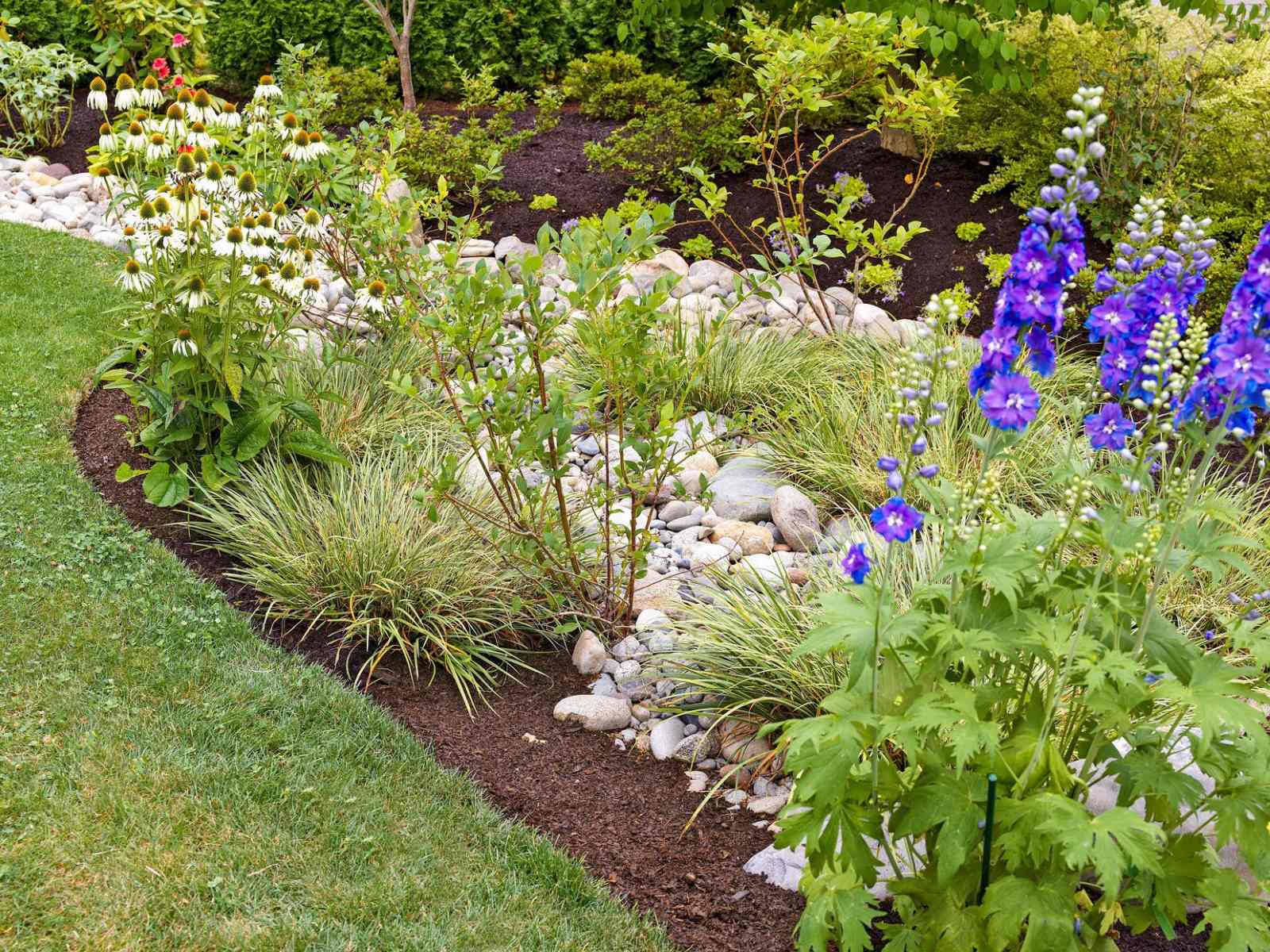
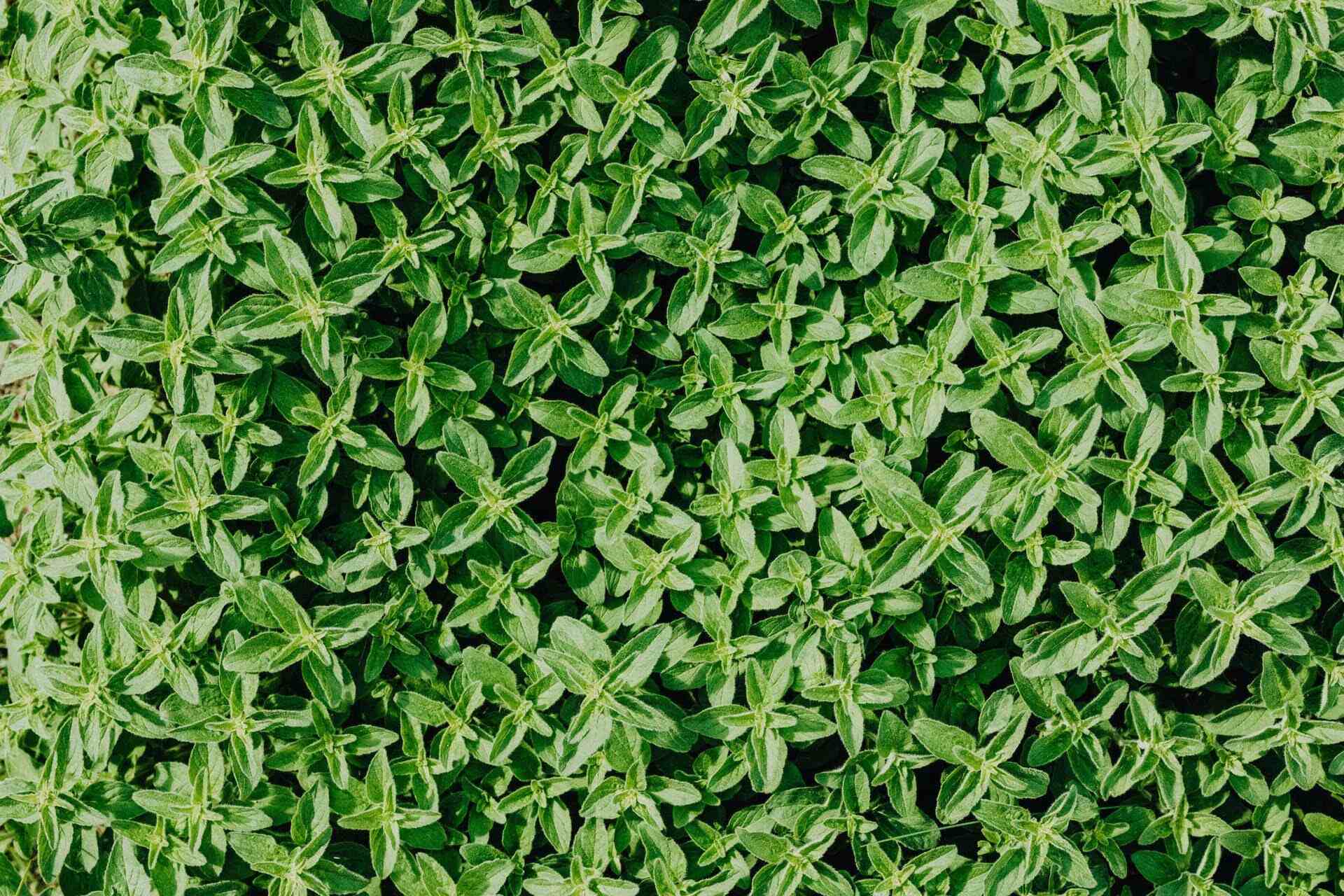
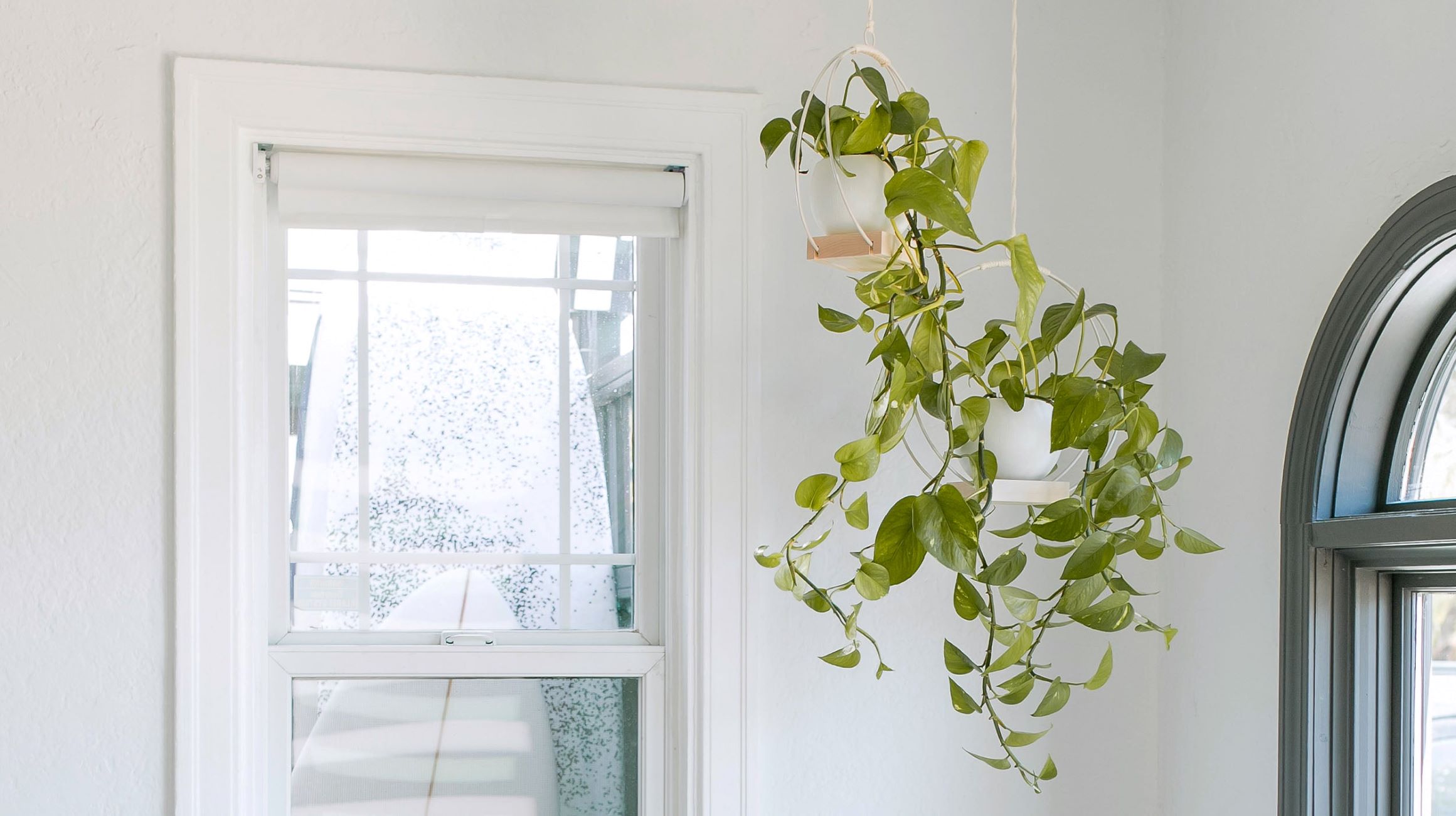
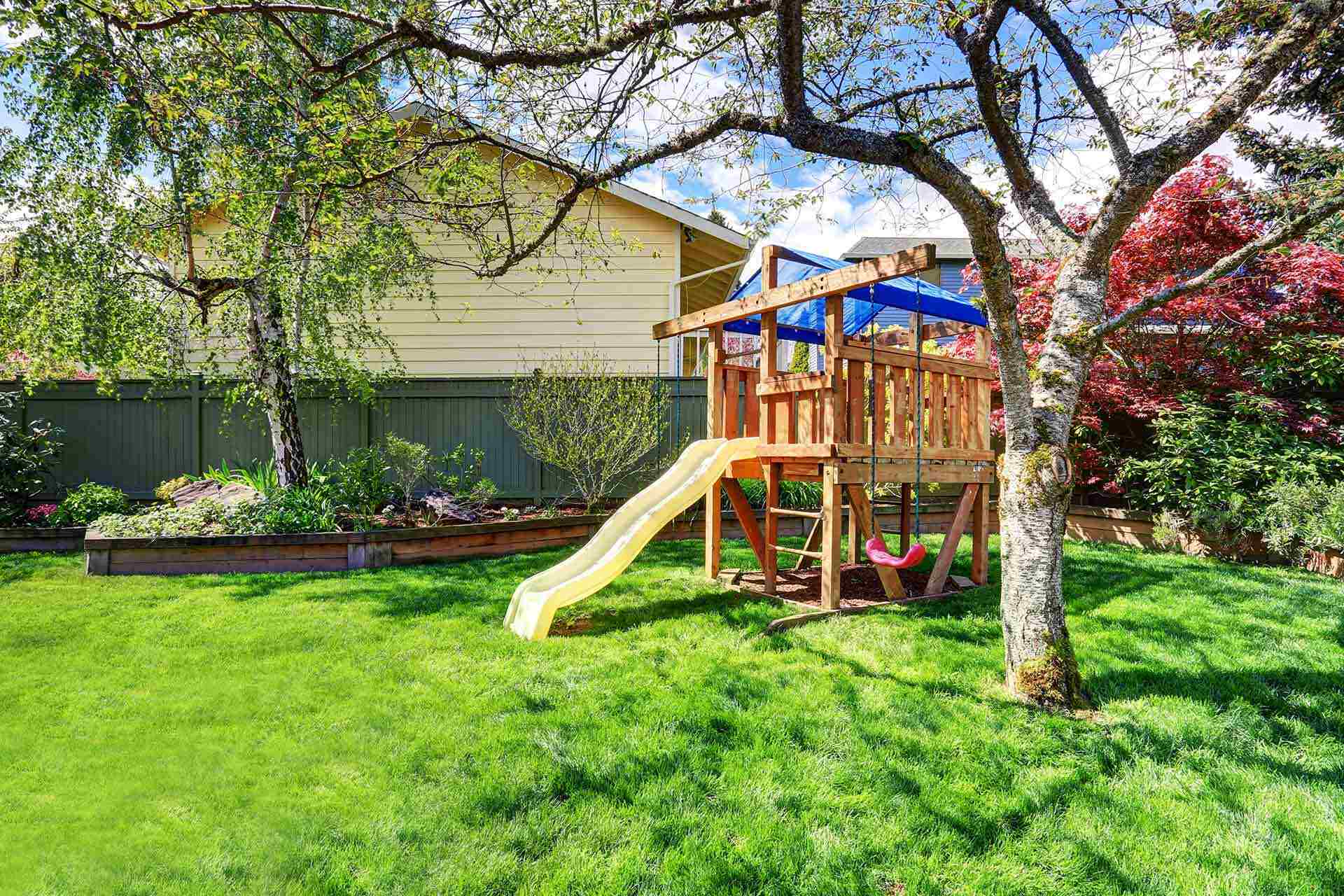

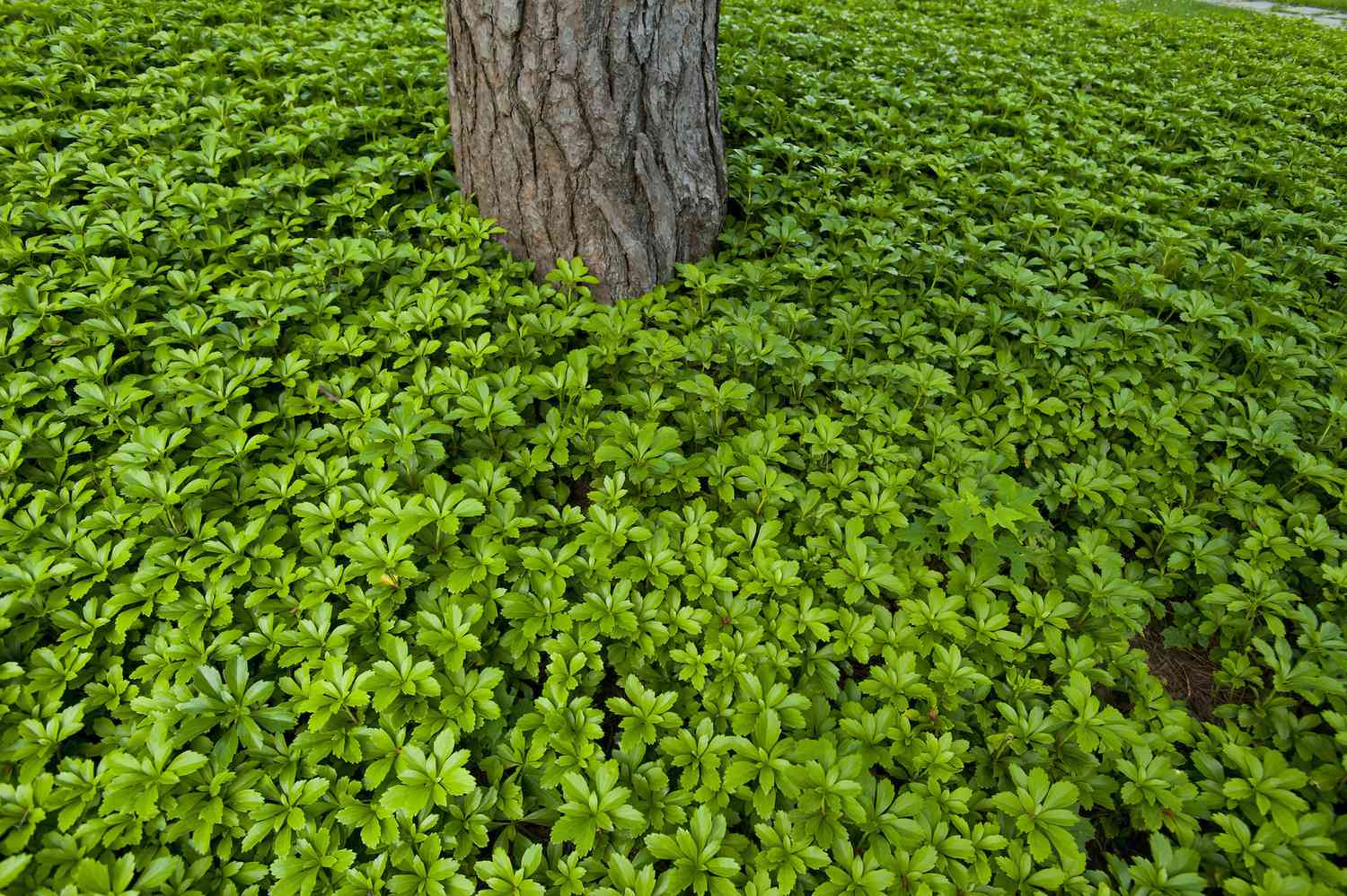

0 thoughts on “How Good Is Artificial Grass”